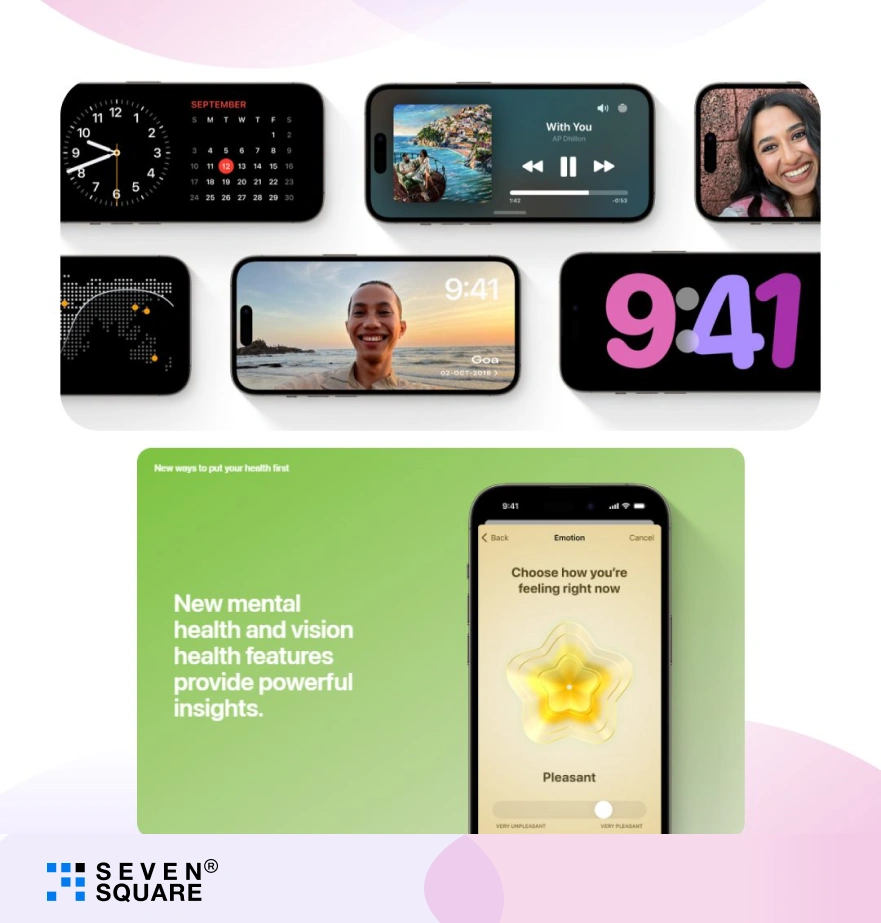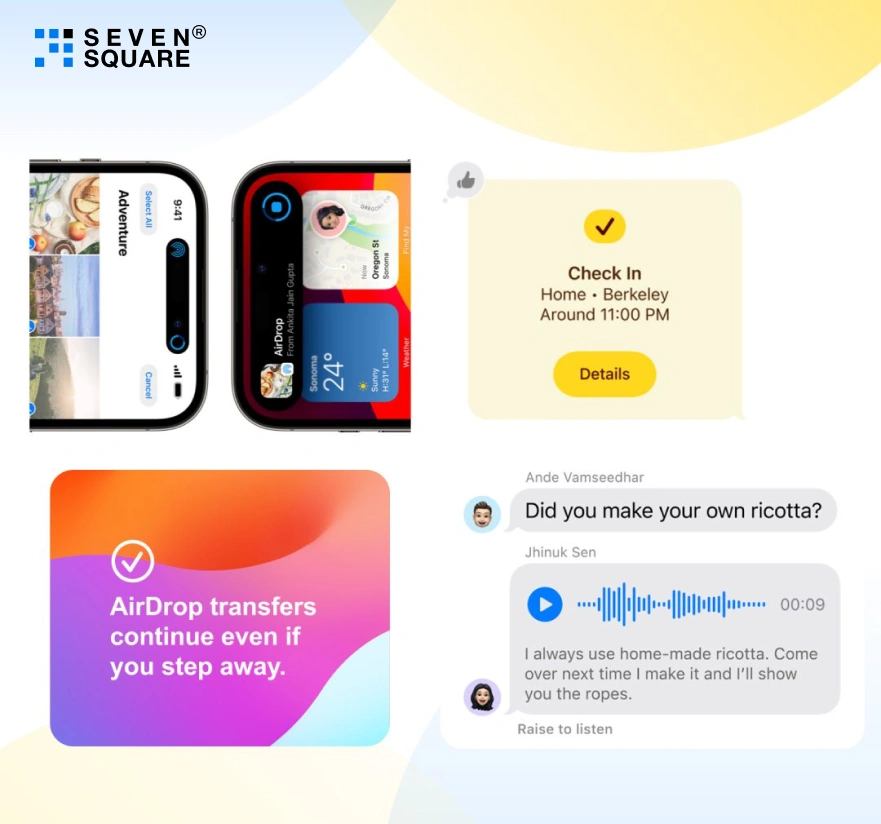Background

iOS 17 was officially announced at Apple’s annual WWDC (Worldwide Developers Conference) in June 2023 and released to the public in September 2023. The update brought significant changes to the iOS platform, including:
– Redesigned Home Screen: iOS 17 introduced a new home screen layout with customizable widgets and an app drawer-like feature, making it easier for users to organize and access their apps.
– Privacy Enhancements: Apple continued prioritizing user privacy with iOS 17, introducing additional privacy features such as App Tracking Transparency (ATT) improvements and Mail Privacy Protection.
– Multitasking Improvements: Enhanced multitasking capabilities, including split-screen multitasking on iPad, allowed users to be more productive on their devices.
– New System-Wide Dark Mode: iOS 17 introduced a system-wide dark mode, which developers must consider when designing their apps for optimal user experiences.
– Live Activities in Full Screen: With Live Activities in Full Screen, users can stay on top of things happening in real-time, like the game score or the progress of your food delivery in iOS 17.
Impact on User Experience

– Redesigned Home Screen: The redesigned home screen allowed users to personalize their devices like never before. App developers had to adapt by creating widgets and optimizing their app icons for the new home screen layout.
– Privacy Enhancements: Users welcomed the enhanced privacy features, but app developers faced the challenge of complying with stricter data tracking policies. Ad-supported apps had to rethink their monetization strategies, leading to shifts in the app ecosystem.
– Multitasking Improvements: The improved multitasking capabilities on iPad led to better user experiences, especially for productivity apps. Developers had to update their apps to support these new features, ensuring they functioned seamlessly in split-screen mode.
– Dark Mode: The system-wide dark mode in iOS 17 was praised for its aesthetics and potential battery-saving benefits on OLED displays. App developers were encouraged to support dark mode to cater to user preferences.
– New Full-Screen Experience: iOS 17 allows users to experience a new full-screen experience for almost every feature.
Challenges for App Developers
a. Privacy Compliance: App developers had to ensure compliance with the stricter privacy policies, including obtaining user consent for data tracking. This required adjustments to advertising and analytics frameworks.
b. Widget Development: Creating functional and aesthetically pleasing widgets posed a challenge for app developers. They needed to balance providing valuable information and not overwhelming users with too much data on the home screen.
c. Redesigning User Interfaces: Apps that hadn’t adopted dark mode previously needed to redesign their user interfaces to offer this option. This involved adjusting color schemes, text, and images to maintain a cohesive look in light and dark modes.
d. Performance Optimization: The new iOS 17 features demanded better app performance, particularly for multitasking on iPad. Developers had to optimize their apps to run smoothly in split-screen mode without consuming excessive system resources.
e. New Features for Live Update Notification: Developers must provide a new and compatible user interface and functionality for real-time notification tracking for apps such as delivery apps, music apps, etc.

- The iOS 17 update significantly changed the iOS ecosystem, affecting user experience and app development. While users enjoyed the enhanced features, including the redesigned home screen and improved privacy controls, app developers faced privacy compliance, widget development, UI redesign, and performance optimization challenges.
- As iOS continues to evolve, developers must remain adaptable and responsive to these changes to provide users with the best possible experience while maintaining data privacy and security standards.
- iOS 17 marked a significant milestone in this ongoing journey of innovation and adaptation in the Apple ecosystem.
In the world of iOS app development, adaptability and user-centric design are the cornerstones of success. iOS 17’s impact on user experience and app development is a testament to the ever-evolving nature of the mobile technology landscape. As Apple continues pushing the boundaries of innovation, developers must remain agile, embracing change and crafting apps prioritizing user satisfaction and data privacy. With each iOS update, new opportunities and challenges arise, making the journey of app development an exciting and dynamic one.
As we navigate the post-iOS 17 era and look ahead to future updates, one thing remains clear: the iOS ecosystem is a platform where excellence in design, functionality, and privacy will always be celebrated. Developers who rise to the occasion and consistently provide users with top-tier experiences will find their place in this vibrant ecosystem, contributing to its ongoing success and evolution. The journey continues, and the possibilities are limitless.
If you plan to develop the next iOS app, remember the above points for a successful development. Make sure to have functionalities suited to the latest version of iOS. There are already some functionalities that are not supported by the latest version of iOS.